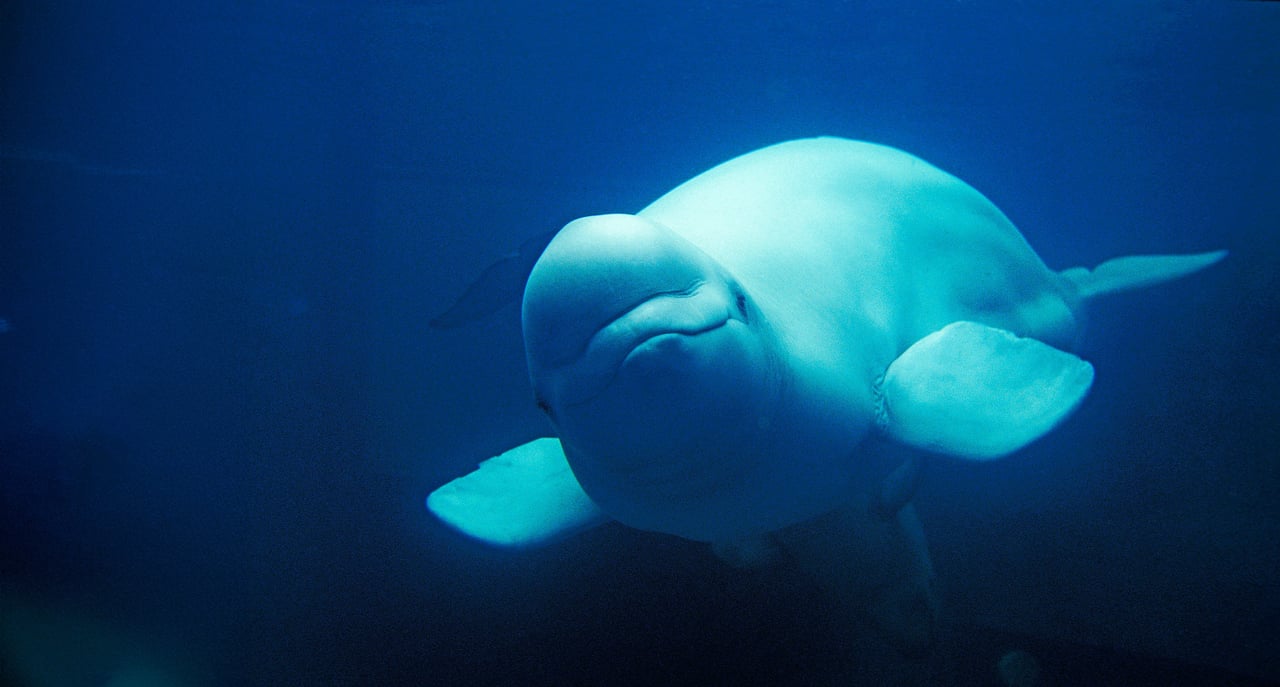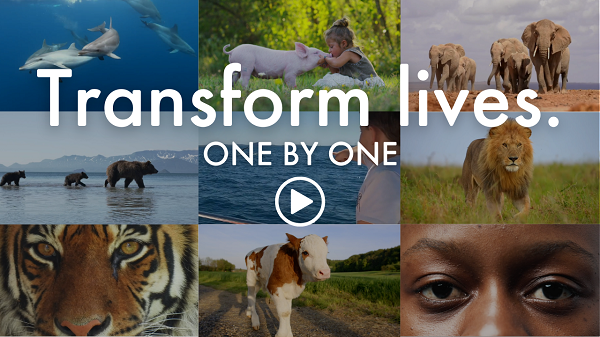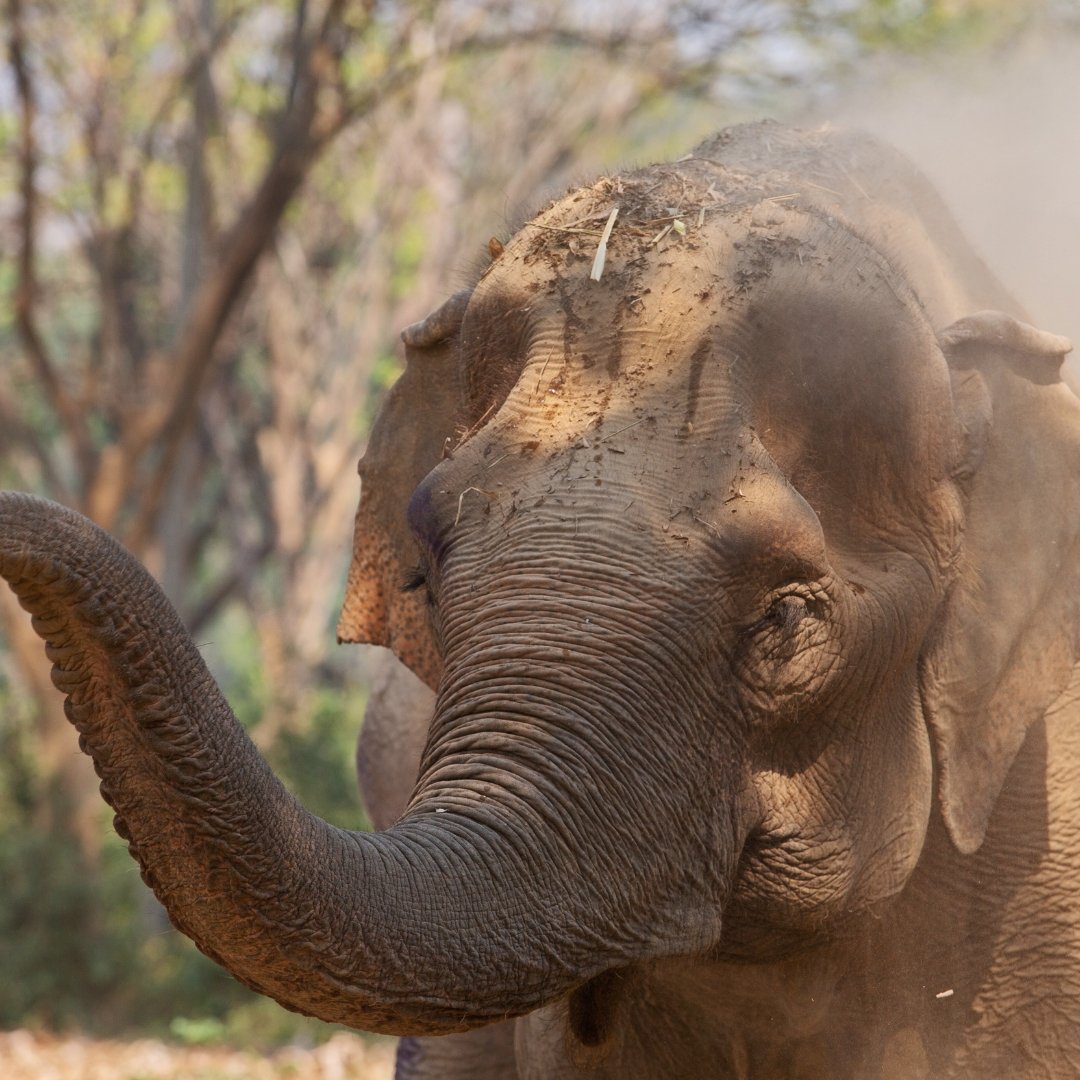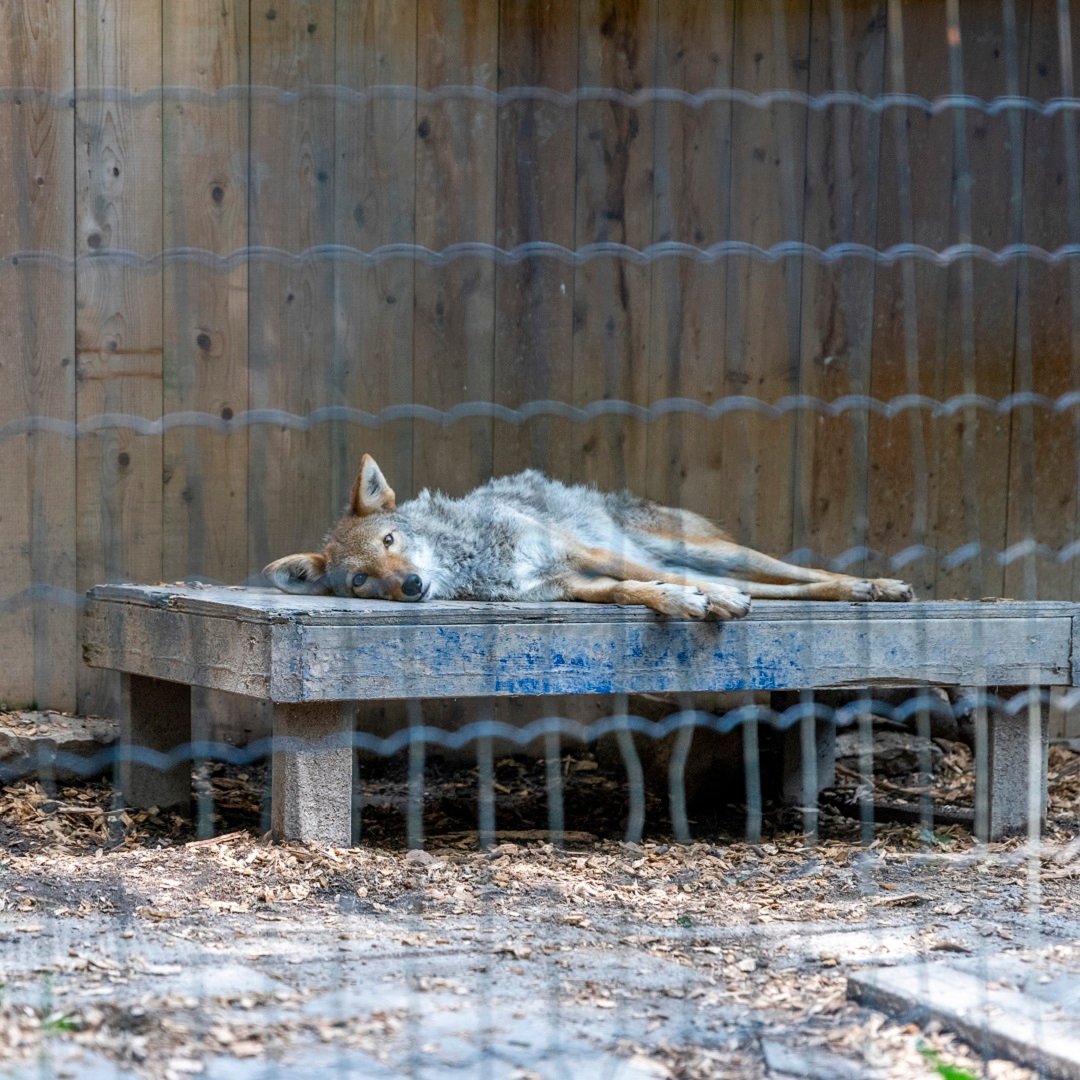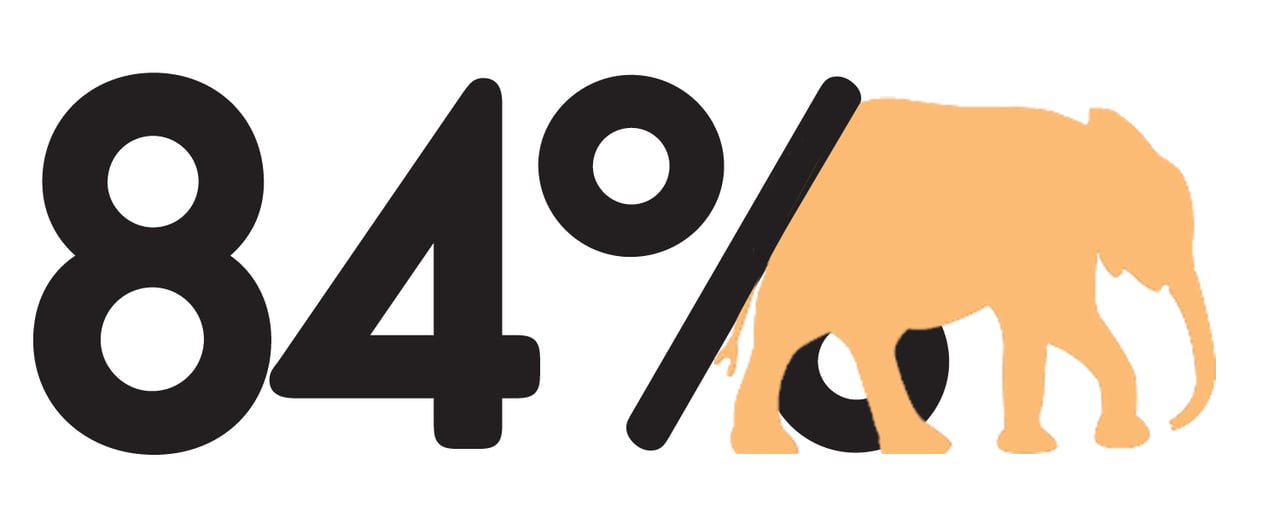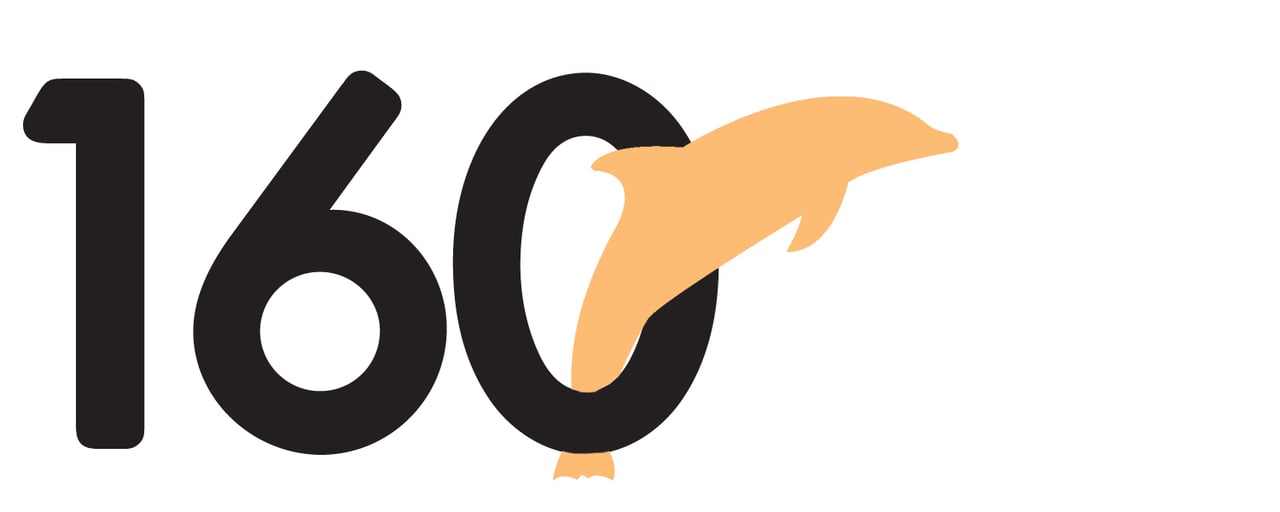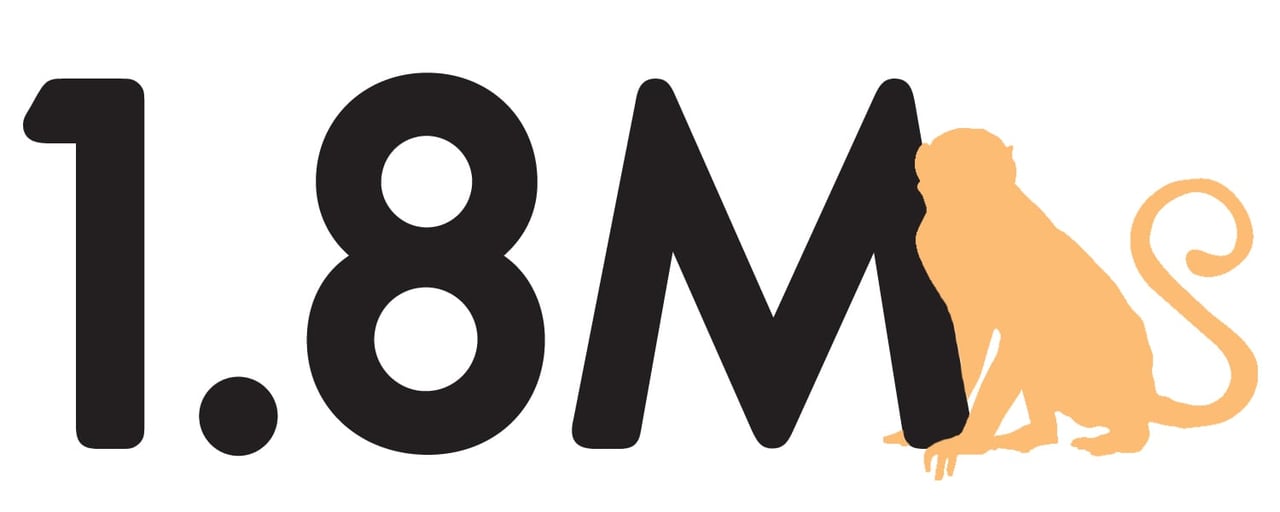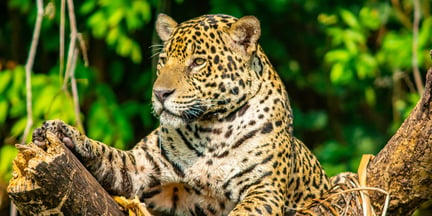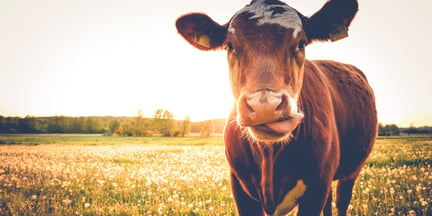When wild animals become tourist attractions, their freedom is stolen, and their natural behaviours are supressed, leading to a life of captivity and misery.
Our world is a wonderous place that is full of life, but without wild animals creating those ecosystems and thriving in their natural environments, would that still be true?
Today, wild animals face so many threats including habitat destruction, urban sprawl, the global wildlife trade for frivolous things like pets and trinkets, and for use as tourist attractions.
At World Animal Protection, we believe that wildlife was meant to be wild and that it’s our shared responsibility to act.
Together, we can protect wild animals and keep them wild. One by one.
Choose one vacation that doesn’t exploit animals
Seeing wild animals when you're travelling can be an exciting experience, but many captive wildlife venues exploit animals for tourist entertainment.
Knowing which venues are genuine sanctuaries and which you should avoid is not always straightforward. That’s why we developed our animal-friendly travel guide that includes quick tips and checklists that help you identify a genuine wildlife sanctuary that puts the animals' welfare first.
Download now (PDF)
Pledge to never visit a roadside zoo
Roadside zoos across Canada confine wild animals like lions, bears and monkeys in cramped, unnatural conditions — often with little to no oversight. These facilities exist to entertain, not to protect, and the animals held in them suffer as a result.
By refusing to visit roadside zoos, you’re taking a stand against animal suffering and helping reduce demand for these inhumane attractions.
Take the pledge to say no to roadside zoos and help keep wildlife wild.
Take the pledge
Explore the hidden crisis facing wild animals in Canada
Our interactive map reveals the dangers of Canada’s wildlife trade and captivity problem and the inconsistent patchwork of laws that allow it to continue.
You’ll find incidents involving wild animals across the country, track how governments are responding and learn more about the advocacy work underway to protect wildlife.
Explore the map
Sign up to make change with us
Join us as we work to transform the lives of animals. By joining our community you’ll receive updates and resources that will help you make informed decisions when animals are involved. Sign up today!
